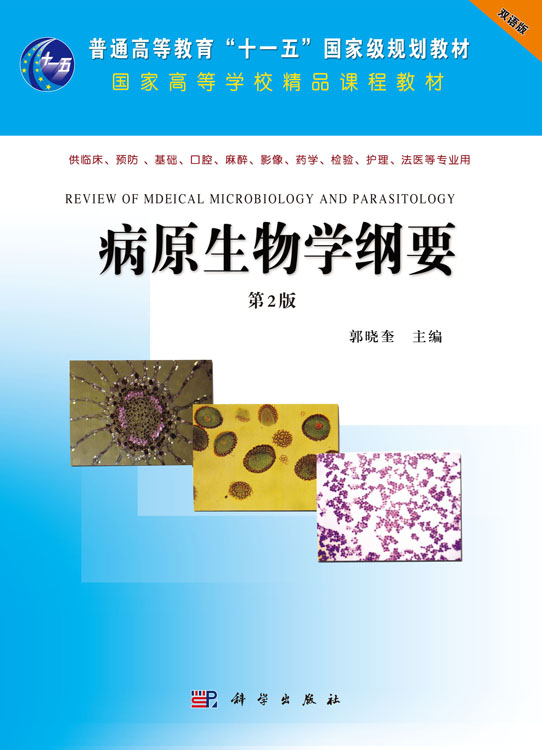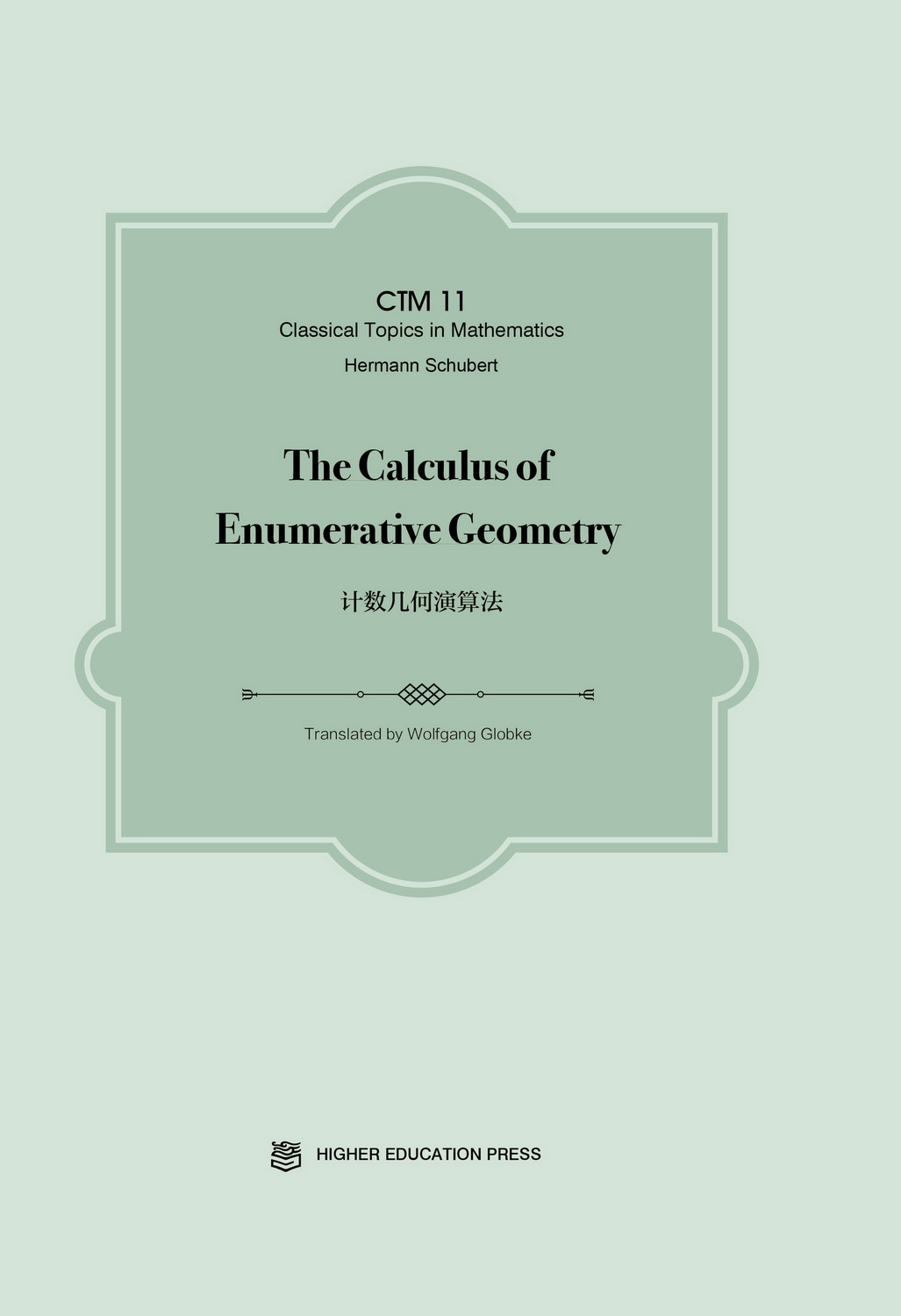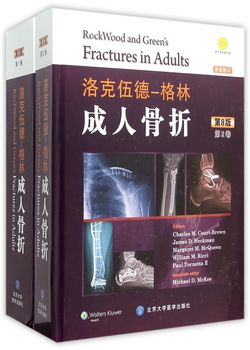第二语言习得研究(第2版) / 牛津应用语言学丛书
作者: 埃利斯
出版时间:2013-10
出版社:上海外语教育出版社
- 上海外语教育出版社
- 9787544633888
- 1-1
- 97620
- 32开
- 2013-10
This book provides anextensive and accessible introduction to the field of secondlanguage acquisition research. It fully updates chapters fi'om thefirst edition and includes new chapters reviewing work on secondlanguage acquisition from sociocultural and neurobiologicalperspectives. The new edition ensures its place as a standardreference work for researchers and for teachers and students onMA/Diploma courses in TESOL or Applied Linguistics. Rod Ellispresents a highly readable and balanced account of how the fieldhas developed and expanded over the last forty years. There aresections on the description of learner language, the role of thelinguistic environment, the learner's internal mechanisms,individual learner differences, and instructed second languageacquisition. The first edition won the English Speaking Union'sDuke of Edinburgh Book Competition
Acknowledgements
Preface
PART ONE Background
Introduction
An introduction to second language,acquisitionresearch
What is 'second :language acquisition'?
Case studies of Lz learners
Wong Fillmore's (1976, 1979) study of five Mexicanchildren
Schumann's (I978b) study of Alberto
Schmidt's (1983) study of Wes
Ellis' (1984a, 1992) study of three classroomlearners
Lardiere's (2007) study of Patty
Issues raised by the case studies
The role of age in L2 acquisition
The effects of age on the rate of second languagelearning
The effects of age on ultimate achievement
Age-related effects: some general conclusions
A framework for exploring SLA
Summary and conclusion
PART TWO Description: the characteristics of learnerlanguage
PART THREE Explaining second language acquisition:external factors
PART FOUR Explaining second language acquisition: internalfactors
PART FIVE Explaining individual differences in secondlanguage
PART SIX The brain and L2 acquisition
PART SEVEN Classroom second language acquisition
PART EIGHT Conclusion
Glossary
Bibliography
Author index
Subject index








